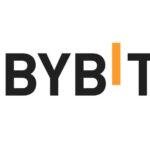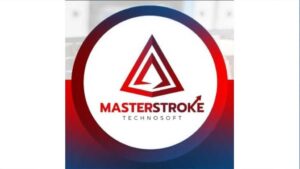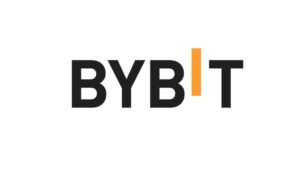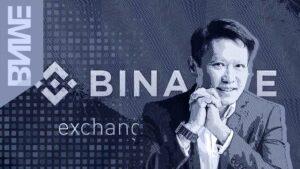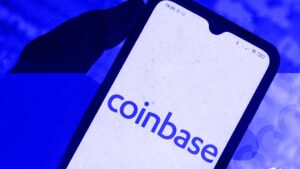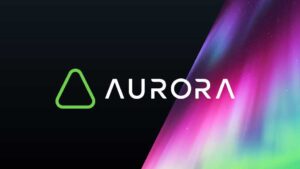The confluence of art and technology has produced creative solutions in recent years that are revolutionizing the way artists work in the digital sphere. Blockchain is one such ground-breaking technology, and its effects on Middle Eastern artists are especially significant. Here are five ways that blockchain is enabling Middle Eastern artists to thrive in the digital realm.
5 Ways Blockchain Is Empowering Middle Eastern Artists In The Digital World
1. Fair and Transparent Transactions:
Every transaction is recorded and viewable to all parties involved thanks to blockchain, a decentralized and transparent ledger. Because it does away with the need for middlemen like galleries or agencies, this feature lowers transaction costs and guarantees that artists are fairly compensated for their work.
For instance, direct payments in cryptocurrency can be made to the artist, guaranteeing speedy and transparent transactions free from the lag times found in conventional banking systems.
2. Digital Proprietary Rights and Genuineness:
Artists can produce one-of-a-kind digital assets called NFTs (Non-Fungible Tokens) with blockchain technology. These tokens, which are kept on the blockchain, provide digital artworks ownership and authenticity verification.
For instance, a Middle Eastern artist can tokenize their digital artwork as an NFT, enabling blockchain-based ownership, rarity, and provenance verification for collectors.
3. International Visibility and Market Entry:
Artists are able to reach a worldwide audience through blockchain networks, bypassing geographical restrictions. Middle Eastern artists now have access to new markets and a platform to present their work to a global audience.
For instance, a Middle Eastern artist can engage with global art buyers and fans by selling their works on blockchain-based online art marketplaces.
4. Smart Royalties Contracts
Through the use of blockchain technology and programmable agreements known as smart contracts, artists may now automatically get royalties for each time their work is resold. With the help of this function, artists will always be able to profit from the secondary market appreciation of their work.
For instance, A smart contract allows a Middle Eastern artist to earn a portion of the sale price each time their digital artwork is sold, giving them a steady stream of revenue.
5. Maintaining Cultural Legacy
The cultural legacy of Middle Eastern art can be safeguarded and preserved through the use of blockchain technology. Blockchain preserves the authenticity of historical artworks and aids in the prevention of fraud by tracking the provenance of artworks on an unchangeable ledger.
As an illustration, a museum or other art organization in the Middle East can employ blockchain technology to confirm the legitimacy and provenance of historic objects, increasing public confidence in the preservation of cultural heritage.
CONCLUSION
The art world is undergoing a change thanks to blockchain technology, which is providing Middle Eastern artists with new opportunities for visibility, just recompense, and the preservation of their cultural heritage. Blockchain’s influence on the Middle East’s digital art scene is expected to increase as it develops further, offering artists hitherto unheard-of chances in the international market.



